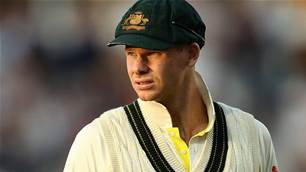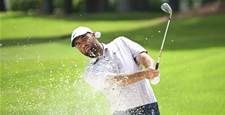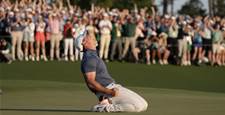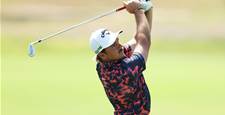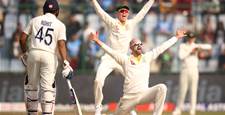What if the gals actually received the media coverage they deserve?
What if things were a little different? What if, say, there was a parallel universe where female athletes dominated sports broadcasts? The following column is written from that world ...
Monday mornings at our publishing house are the same as at any other office, we suspect. Before settling in for a day at our desks, there’s the important matter – and fair dinkum Aussie tradition – of dissecting the weekend’s netball games. There’s not a watercooler on our floor that isn’t surrounded by blokes arguing whether or not the Aussie umps destroyed the Northern Mystics’ chances of beating the Queensland Firebirds, or whether the Swifts are finally the real deal. All this chatter and attention is hardly surprising, as there seems to be an endless stream of women’s sport on television these days. Be it netball, basketball, soccer or athletics, the blanket coverage of elite-level women’s sport never stops.
Australia’s obsession with female sport hardly seems fair to male athletes, whose feats and achievements on the football fields are often overlooked by the media, especially if a high-profile athlete such as Jess Fox wins another medal at a canoe world championships. For days it will be Jessica this and Jessica that. BREAKING NEWS: Jessica eats breakfast – we’ll have more on this developing story soon. Meanwhile, if you’re a male player in the AFL and you’ve just kicked six goals, good luck getting any media attention. You should have kicked those goals before Jessica went slaloming ...
On the international stage, identities such as Maria Sharapova and Serena Williams are keeping the cameras and coverage away from developing leagues, such as the struggling domestic men’s basketball competition in America, while men’s baseball advocates have long argued for more volunteer support at their stadiums on game days. On the positive side, men’s gridiron matches are becoming more readily available via live online streaming as the code continues to search for ways to combat the monsters that are the WNBA and women’s Major League Soccer.
It’s not just airtime that Maria and Serena are hogging from the men; they’re also leading the way in the money-earning stakes. This year’s Forbes 100 list of highest-earning athletes revealed that Sharapova and Williams sat at 26 and 47 on the list respectively, robbing two male athletes somewhere out there of entry into this most-exclusive of male institutions.
Overexposure of female athletes to Australia’s next generation of sports stars is beginning to show adverse effects, with many children reportedly adopting the bad habits of some of our leading female sports stars. Rising caffeine and cake consumption among high school-aged girls and boys has been linked to the media’s constant coverage of women’s team bonding sessions at cafes and eateries across the country. Classy cocktail team catch-ups are also on the rise amongst youngsters, as they follow the lead of their female heroes regularly caught on camera socialising.
Amidst the national media’s obsession with female sport, men’s advocacy groups have commenced mentoring programs aimed at providing young boys and late teens with the male role models they need. Data from focus group studies has revealed boys are no longer identifying with Australia’s traditional sporting superstars such as Sally Pearson and Laura Geitz.
Another issue severely hampering the growth of men’s sport is scheduling. Just months after the modest successes of our men’s soccer team at the Asian Cup came news of the arrival of the all-conquering FIFA Women’s World Cup. Once again the focus returned to the Matildas, leaving the Socceroos to go in search of other avenues for media coverage. Those netballers? They were at it as well, choosing the days following State of Origin II to stage their domestic grand final. And as if that ruthless clash of dates wasn’t enough of a heartbreak for the attention-starved rugby league fraternity, there are bigger icebergs ahead, such as the netball World Cup, which is threatening to overshadow the NRL’s pre-finals premiership rounds. On that note, just as well women don’t play rugby. Bring on the Rio Olympics.
Oh wait ...
Related Articles

The Ultimate NRL 2020 Season Preview
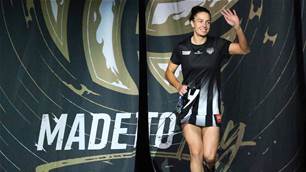
Top female athletes shine in new issue of Inside Sport
